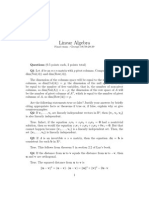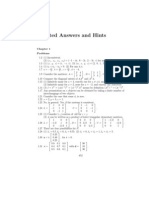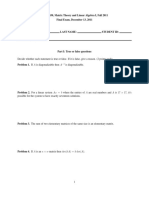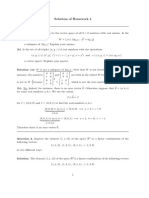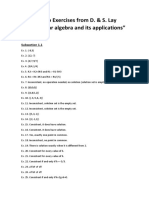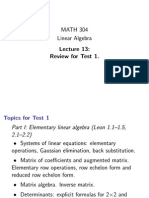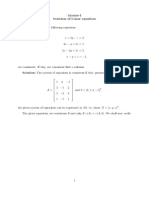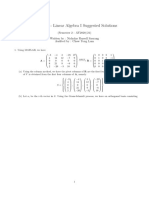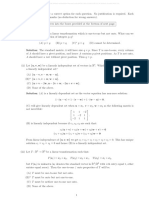0% found this document useful (0 votes)
12 views5 pagesEC2 Regular Solution
The document outlines the Mid-Semester Test details for the course 'Mathematical Foundations for Machine Learning' at Birla Institute of Technology & Science, Pilani, including exam structure, weightage, and instructions for students. It contains questions related to matrix operations, positive definiteness, inner products, and properties of linear systems. The test is scheduled for June 28, 2025, and consists of six questions with a total duration of two hours.
Uploaded by
rajeshwari.marimuthu1234Copyright
© © All Rights Reserved
We take content rights seriously. If you suspect this is your content, claim it here.
Available Formats
Download as PDF, TXT or read online on Scribd
0% found this document useful (0 votes)
12 views5 pagesEC2 Regular Solution
The document outlines the Mid-Semester Test details for the course 'Mathematical Foundations for Machine Learning' at Birla Institute of Technology & Science, Pilani, including exam structure, weightage, and instructions for students. It contains questions related to matrix operations, positive definiteness, inner products, and properties of linear systems. The test is scheduled for June 28, 2025, and consists of six questions with a total duration of two hours.
Uploaded by
rajeshwari.marimuthu1234Copyright
© © All Rights Reserved
We take content rights seriously. If you suspect this is your content, claim it here.
Available Formats
Download as PDF, TXT or read online on Scribd
/ 5






